
Chinese Art Masters: The Predecessor Painters Video Archives
2019-12-27 15:48:48
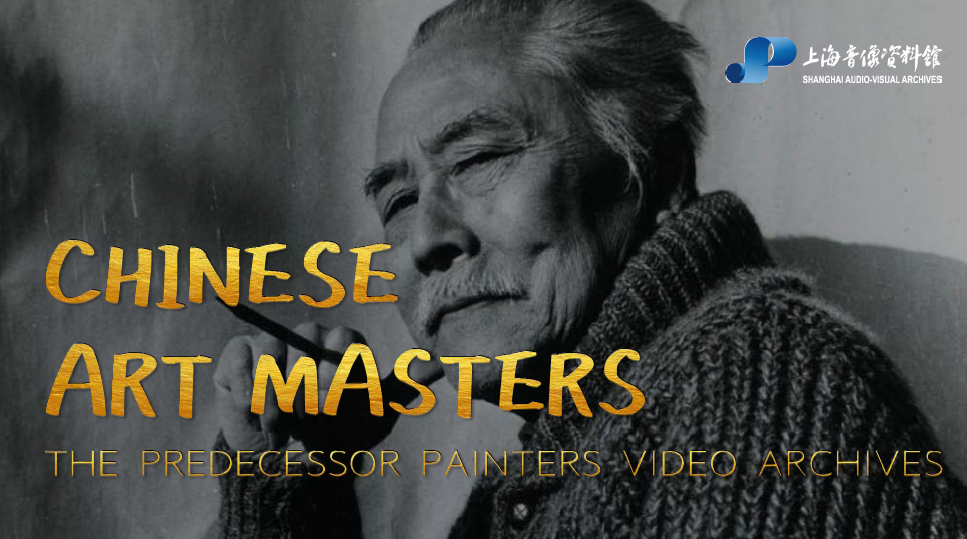
Due to historical reasons, most Chinese documentary films before 1949 are produced by foreigners and foreign institutions. So copies of documentary films which are produced before 1949 and still preserved in Mainland China are rare. What’s worse, many of them have been destroyed by fire or lost in war and regime change.
Over the years, researchers from the Shanghai Audio-Visual Archives have been dedicating themselves to the rescue and preservation of news documentary films before 1949. Focusing on folk and oversea collectibles market, they have acquired a large number of copies of documentary films in the first half of 21st century through cash purchase and public donations. Through physical remediation and digital scanning, those copies are used to preserve image archives and serve the public.
Since the second half of last year, collectors have been focusing on Chinese artists’ creation process before 1949 other than Chinese city images and historical events. After working for a period of time, they have collected a batch of copies of documentary films on influential painters in modern China. Those copies have been lost in oversea for over half a century. In this way, preliminary results have been achieved in the establishment of the “Chinese Art Masters: The Predecessor Painters Video Archives.”
The establishment of the “Chinese Art Masters:The Predecessor Painters Video Archives.” plays an important role in the preservation and inheritance of traditional Chinese painting skills, which deserves encouragement and praise.
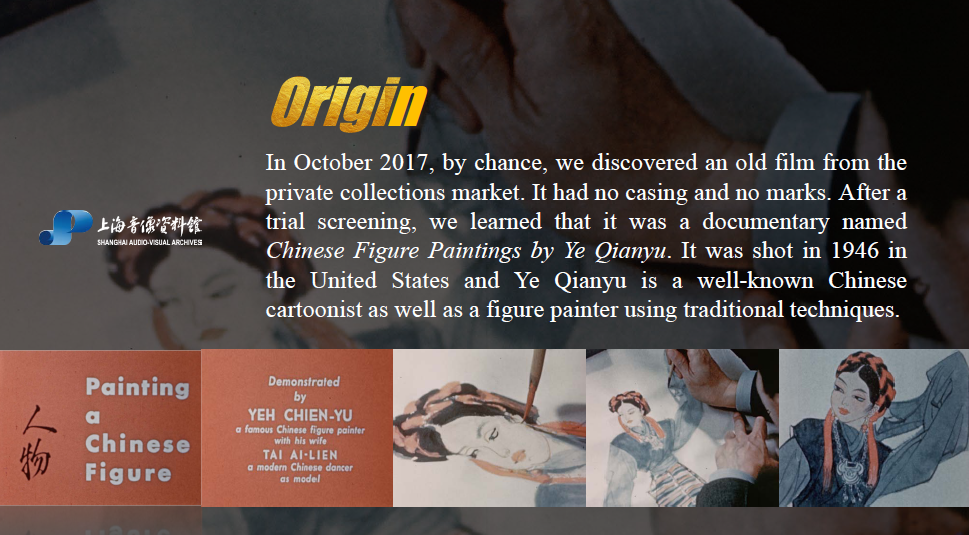
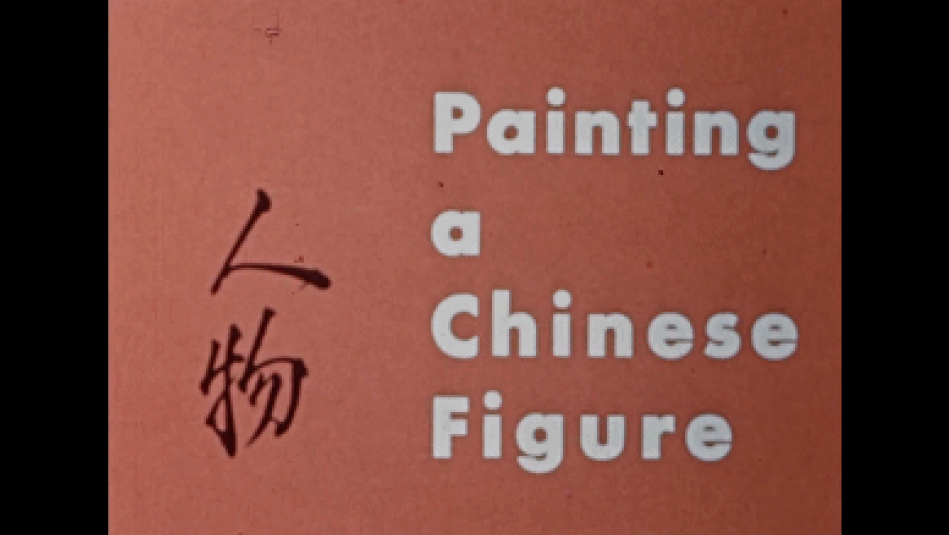

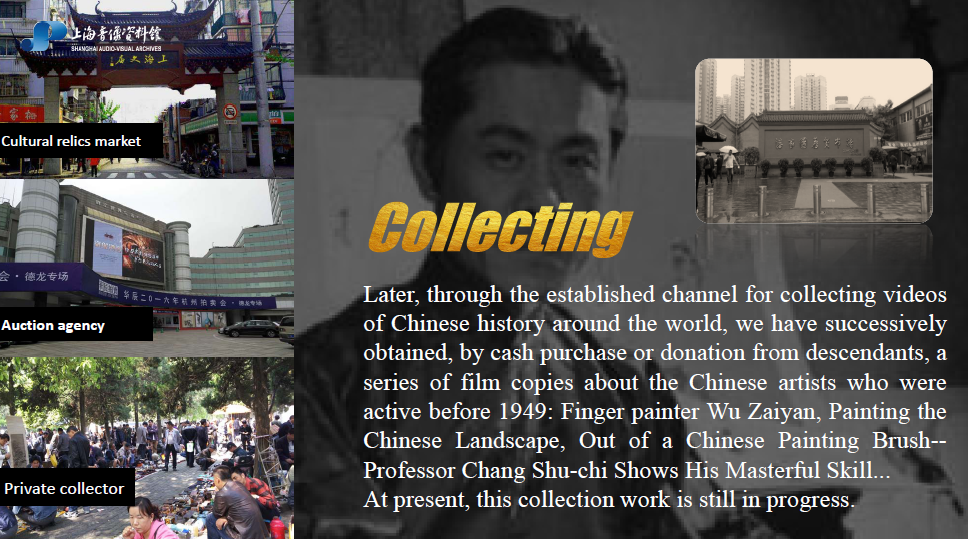
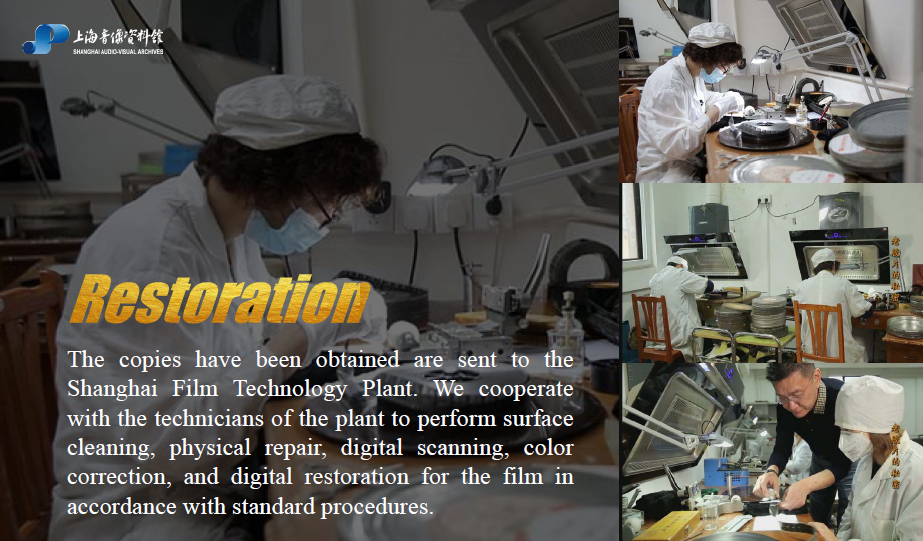
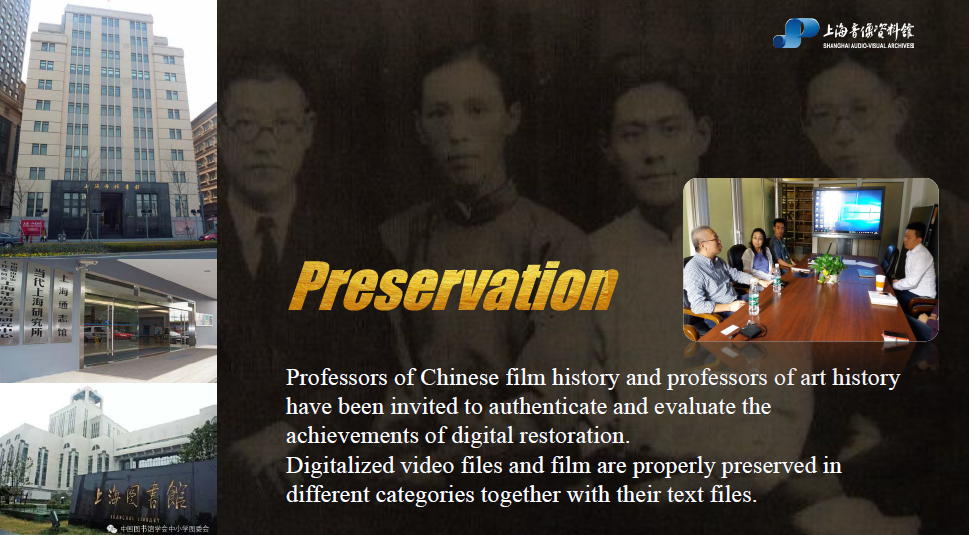
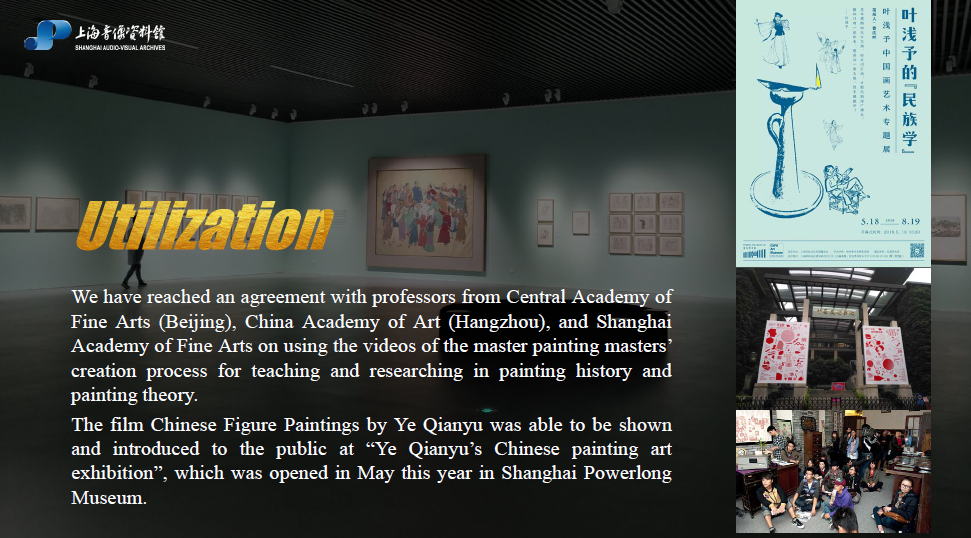

During the Republican period of China (1912-1949), although Chinese society undergone intense turmoil; Chinese traditional art still persists in survival and development. During this period, Chinese artists (in the area of opera, painting, dance, shadow play, etc.) absorbed a large number of modern techniques from western art while trying hard to promote China's traditional but unique national art styles to western countries. Also in this period, a large number of Chinese artists had been invited to North America to make artistic performance and devote to cultural exchanges. Some of their performances were even filmed in the United States, leaving precious video materials (film copies). With the change of the Chinese regime in 1949, most of those videos were left overseas.
Accidentally, researchers of Shanghai Audio-Visual Archives (SAVA) discovered those overseas film copies from folk market and successfully collected some of them, including Ye Qianyu, the founder of Chinese comic and life sketch, Wu Zaiyan, master of finger painting, Zhang Shuqi, one of the famous "Three Painters of Jinling", etc. The current collection work is still in progress in order to obtain more precious images of the Chinese painters during the Republic of China.
The copies that have been obtained were sent to Shanghai Film Technology Factory. After the detailed process by professionals, including cleaning film surface, physical repair of the perforation, digital scanning by grid, digital screen restoration and other processing, finally the digital videos and the picture files are presented, which are used for long-term storage and open to the public.
Researchers from SAVA have reached consensus with professors from Central Academy of Fine Arts (Beijing), China Academy of Art (Hangzhou) and Shanghai Academy of Fine Arts. They agreed to use the videos which record predecessor artists’ creation process for teaching and researching in painting history and painting theory. It is worth mentioning that the film "Drawing Chinese People: Ye Qianyu’s Painting process" were presented and explained to the public in the "Ye Qianyu’s Chinese Painting Art Exhibition" at Shanghai Powerlong Museum in May this year.
At the same time, the establishment of the “Chinese Art Masters: The Predecessor Painters Video Archives” in SAVA was successfully carried out and achieved initial achievement.
![]()
![]()